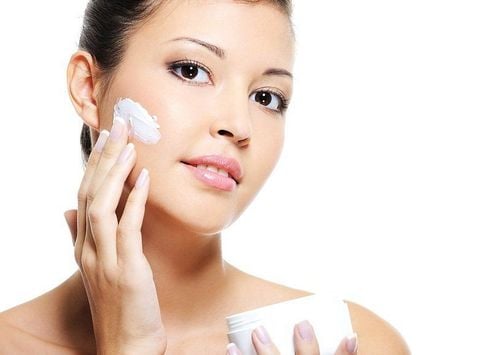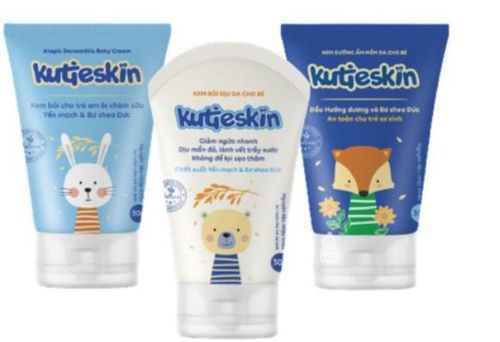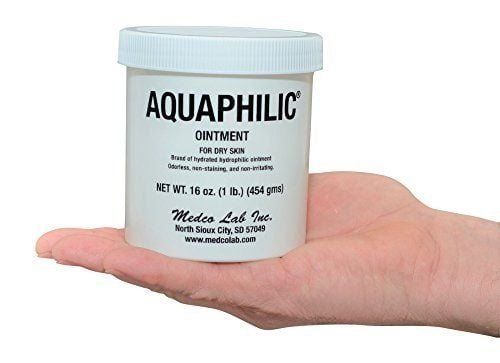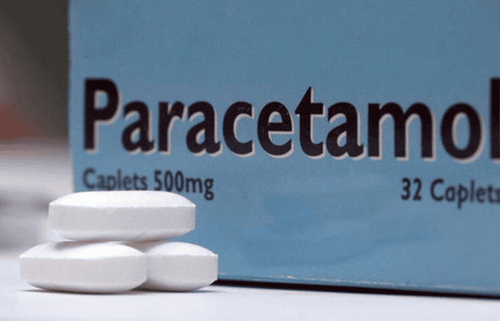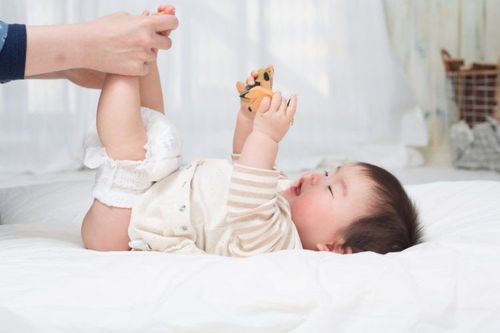This is an automatically translated article.
The article is professionally consulted by Master, Doctor Phan Ngoc Hai - Pediatrician - Neonatologist - Department of Pediatrics - Neonatal - Vinmec Danang International General Hospital.Rubbing, sensitivity, and dampness are common causes of a common diaper rash. But if you've tried to keep your baby dry and treated with diaper rash cream or ointment and the rash still hasn't improved, chances are your baby has a yeast infection.
1. Causes of diaper rash in children due to fungal infections
Candidiasis is one of the most common causes of diaper rash in children. Everyone has a certain amount of harmless candida inside and on the body. This fungus thrives in warm, moist areas — like the mouth, intestines, skin, vagina, and groin (groin). The wet environment of a dirty diaper can easily cause a yeast infection, especially if the rash is left untreated.Babies who have to take antibiotics or are breastfed who are taking antibiotics are also more susceptible to yeast infections. This is because antibiotics accidentally destroy the good bacteria that help control yeast in the body. When these beneficial bacteria are no longer present, yeast can multiply and grow stronger.
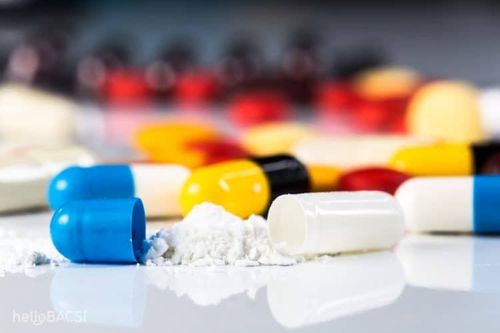
Trẻ phải uống thuốc kháng sinh cũng dễ bị nhiễm trùng nấm men hơn
2. Symptoms of severe diaper rash due to fungal infection
You may not be able to detect yeast if your baby has only mild symptoms, but a yeast infection can definitely be identified if the rash is caused by diaper rash :Lasts more than 2 days and does not respond to treatments common childhood diaper rash Has well-defined boundaries and is bright red Has a slightly raised border Appears in the folds of skin in the groin area There is a surrounding lesion or irritation near the main rash area Peeling Parents should take their baby to the doctor for a checkup if the diaper rash doesn't improve within 3 days of starting home care. If your child has a fever, or the rash develops into sores, oozing yellow fluid, etc., these are warning signs of an infection. Children should be taken to the doctor soon for antibiotic treatment.
3. How to treat diaper rash in children caused by yeast
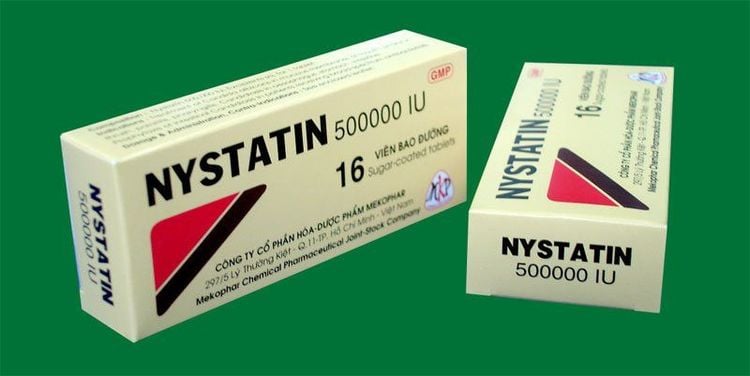
Kem nystatin giúp điều trị hăm tã ở trẻ em do nấm men
Just apply cream 2-3 times a day is enough. Note that when using an antifungal cream, it is important to rub it on the skin, not lightly like it is when using a common diaper rash ointment. Sometimes doctors also recommend applying a cream or ointment over the antifungal medication to keep the rash under control. Symptoms of diaper rash in children caused by yeast will go away after a few days of treatment.
Do not use powdered powders to avoid the risk of entering the baby's lungs if inhaled. What's more, some experts believe that using powder can make diaper rash worse, contributing to the spread of yeast and bacteria.
=>>> See more: What medicine should be used when the child has diaper rash?
4. Caring for a baby with severe diaper rash
The best way to keep your baby's diaper area clean and healthy is to:Change your baby's diaper often. Keep your baby's bottom bare, increasing ventilation Gently clean the rash area with a soft cloth or cotton ball and country. Do not use wet tissues and scrub too vigorously Use a water spray to clean the diaper area if your baby is uncomfortable or sensitive Choose a mild, fragrance-free soap Pat or let your baby's skin dry naturally, then apply ointment or cream. There is no evidence that cloth diapers prevent diaper rash better than other types. Whether you use cloth or disposable diapers, the most important thing is to change dirty diapers as soon as possible. However, the use of disposable diapers that are too tight or the plastic wrap over cloth diapers should be avoided.
If you use cloth diapers, do:
Wash diapers with mild soap and bleach Rinse and wring them carefully several times Do not use fabric softeners or perfumed papers to avoid irritating the skin and making it worse. If your baby has a severe diaper rash caused by yeast, use disposable diapers temporarily until the rash clears up. This diaper is highly absorbent and designed to keep baby's skin dry.
See more: Instructions on how to care for a baby with diaper rash
5. Prevent diaper rash caused by yeast

Mẹ nên kiểm tra và thay tã cho bé thường xuyên để tránh hăm tã
The child is on antibiotics The mother is breastfeeding and taking antibiotics The child has just recovered from thrush But you can prevent the chance of yeast thriving by :
Check your baby's diaper often, change wet and soiled diapers immediately Clean diaper area carefully after baby has a bowel movement, wait until completely dry before putting on another diaper Do not wear diapers too tight for baby's skin Breathable If your child is prone to diaper rash, give him or her time to go bare-butt whenever convenient, such as on weekends at home. Also, there isn't a lot of research on the safety or effectiveness of home remedies for diaper rash in children caused by yeast. Remember to consult your pediatrician before you want to try any.
Newborns are in general prone to diaper rash and respiratory diseases, gastrointestinal infections if they start solids early or the storage and preparation of milk is not guaranteed. To protect children's health, parents should do well to exclusively breastfeed their babies for the first 6 months (if possible) and vaccinate on schedule. As soon as a child shows symptoms such as anorexia, fatigue, and crying, the child needs to go to the hospital to be consulted by a specialist for monitoring and treatment.
To prevent diseases that babies often get, parents should pay attention to nutrition to improve children's resistance. At the same time, add supporting foods containing lysine, essential micro-minerals and vitamins such as zinc, chromium, selenium, B vitamins,... snacks and less digestive problems.
Parents can learn more:
Why do you need to supplement Lysine for your baby?
The role of zinc - Guidelines for reasonable zinc supplementation
Please visit the website Vinmec.com regularly and update useful information to take care of your baby and family.
Reference source: babycenter.com





